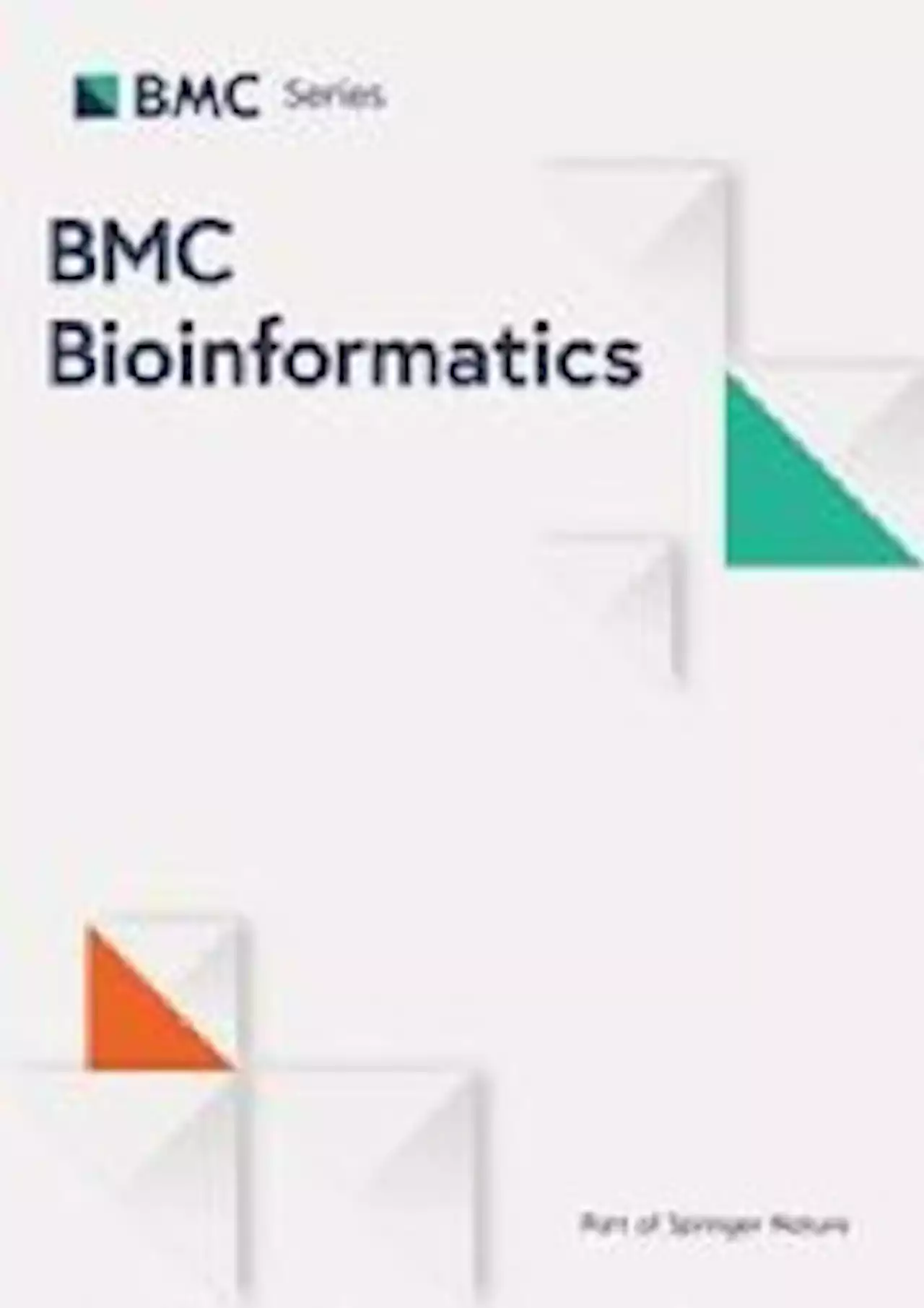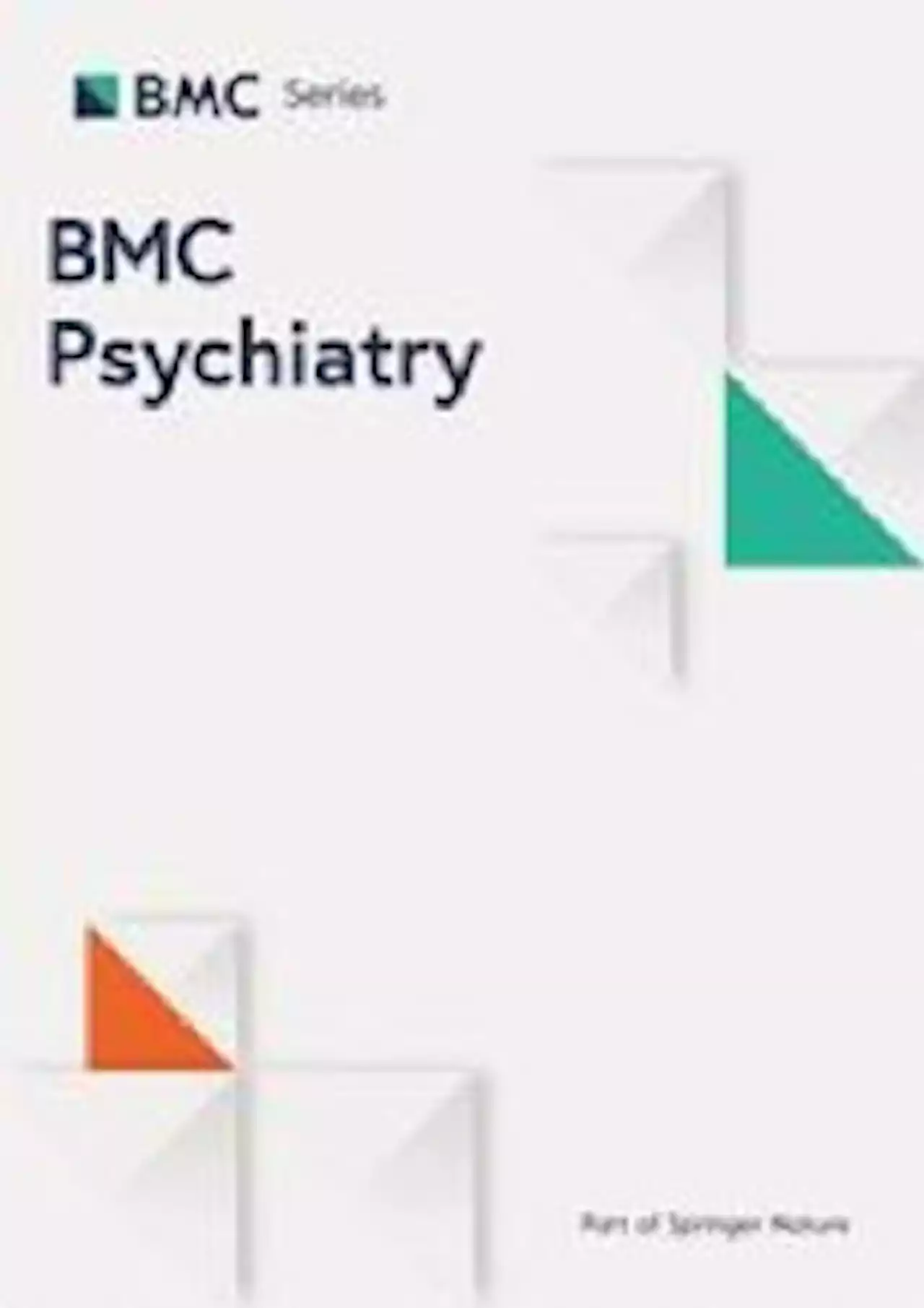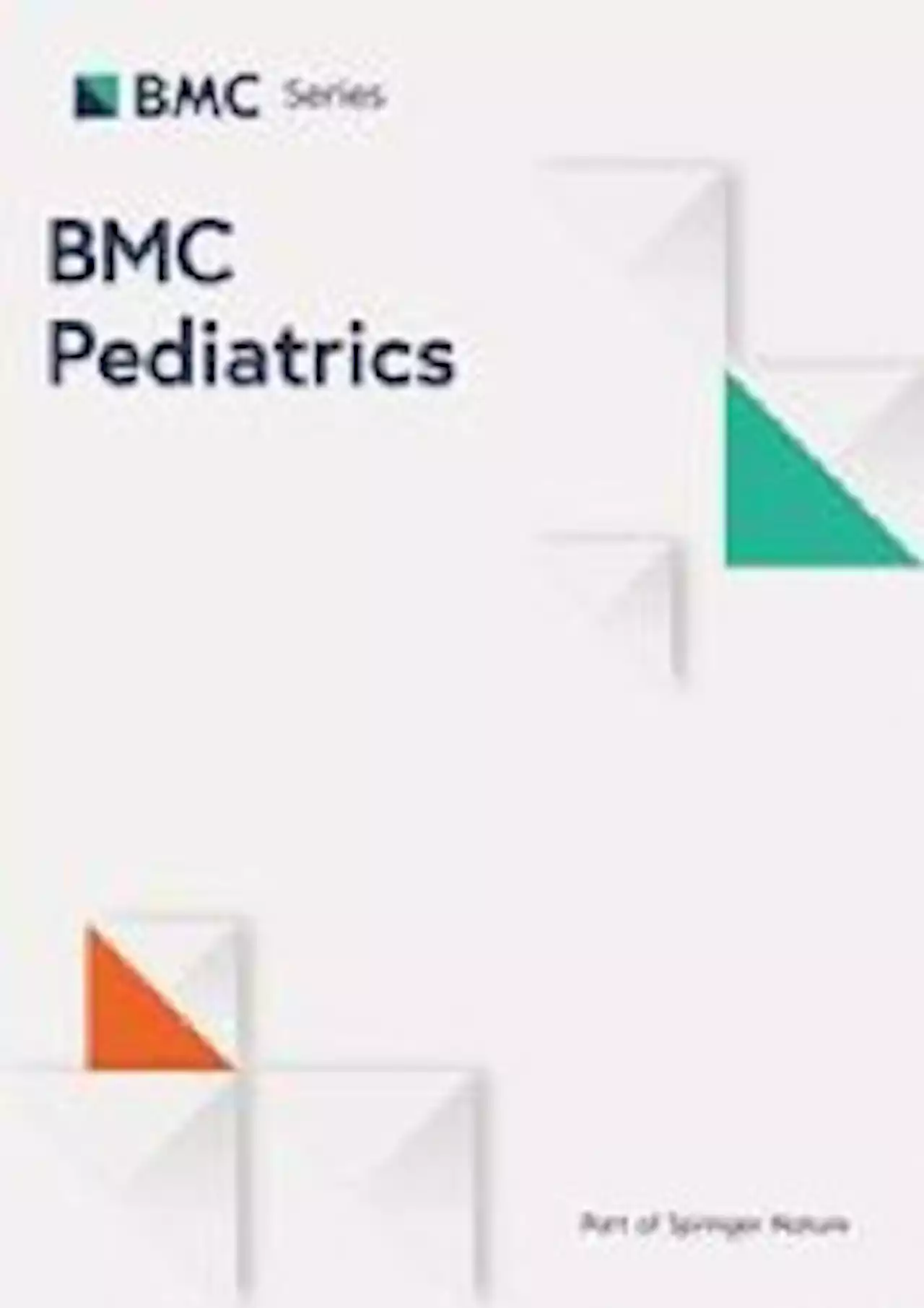A Case Report in BMCPediatr discusses a case of systemic Aspergillosis in a 19-month-old infant girl with interferon-gamma receptor one deficiency. The authors suggest considering this immunodeficiency while treating patients with systemic Aspergillosis.
Conclusion
systemic fungal infections such as Aspergillosis can occur in patients with interferon-gamma receptor one deficiency. This type of immunodeficiency should be considered in treating patients with systemic Aspergillosis.Bustamante J, Boisson-Dupuis S, Abel L, Casanova JL. Mendelian susceptibility to mycobacterial disease: genetic, immunological, and clinical features of inborn errors of IFN-γ immunity. Semin Immunol. 2014 Dec;26:454–70.
Dorman SE, Uzel G, Roesler J, Bradley JS, Bastian J, Billman G, King S, Filie A, Schermerhorn J, Holland SM. Viral infections in interferon-gamma receptor deficiency. J Pediatr. 1999 Nov;135:640–3.Roesler J, Kofink B, Wendisch J, Heyden S, Paul D, Friedrich W, Casanova JL, Leupold W, Gahr M, Rösen-Wolff A. Listeria monocytogenes and recurrent mycobacterial infections in a child with complete interferon-gamma-receptor deficiency: mutational analysis and evaluation of therapeutic options.
Lamhamedi S, Jouanguy E, Altare F, Roesler J, Casanova JL. Interferon-gamma receptor deficiency: relationship between genotype, environment, and phenotype . Int J Mol Med. 1998 Feb;1:415-8. doi:Auld B, Urquhart D, Walsh M, Nourse C, Harris MA. Blurring the lines in interferon {gamma} receptor deficiency: an infant with near-fatal airway disease. Pediatrics. 2011 May;127:e1352-5. doi:Zhang SY, Boisson-Dupuis S, Chapgier A, Yang K, Bustamante J, Puel A, Picard C, Abel L, Jouanguy E, Casanova JL.
Prucha M, Grombirikova H, Zdrahal P, Bloomfield M, Parackova Z, Freiberger T. Mendelian susceptibility to Mycobacterial Disease: the First Case of a diagnosed adult patient in the Czech Republic. Case Rep Immunol 2020 Dec 19;2020:8836685. doi:
United Kingdom Latest News, United Kingdom Headlines
Similar News:You can also read news stories similar to this one that we have collected from other news sources.
 Drag Race's Trixie Mattel confirms she's alive after fans thought she died'Pride month has not killed me yet.' Don't panic, Trixie Mattel (trixiemattel) is alive and still able to impersonate Swedish Cher. The internet thought the drag superstar had died following an NBC Pride post.
Drag Race's Trixie Mattel confirms she's alive after fans thought she died'Pride month has not killed me yet.' Don't panic, Trixie Mattel (trixiemattel) is alive and still able to impersonate Swedish Cher. The internet thought the drag superstar had died following an NBC Pride post.
Read more »
 KATZNCP: a miRNA–disease association prediction model integrating KATZ algorithm and network consistency projection - BMC BioinformaticsBackground Clinical studies have shown that miRNAs are closely related to human health. The study of potential associations between miRNAs and diseases will contribute to a profound understanding of the mechanism of disease development, as well as human disease prevention and treatment. MiRNA–disease associations predicted by computational methods are the best complement to biological experiments. Results In this research, a federated computational model KATZNCP was proposed on the basis of the KATZ algorithm and network consistency projection to infer the potential miRNA–disease associations. In KATZNCP, a heterogeneous network was initially constructed by integrating the known miRNA–disease association, integrated miRNA similarities, and integrated disease similarities; then, the KATZ algorithm was implemented in the heterogeneous network to obtain the estimated miRNA–disease prediction scores. Finally, the precise scores were obtained by the network consistency projection method as the final prediction results. KATZNCP achieved the reliable predictive performance in leave-one-out cross-validation (LOOCV) with an AUC value of 0.9325, which was better than the state-of-the-art comparable algorithms. Furthermore, case studies of lung neoplasms and esophageal neoplasms demonstrated the excellent predictive performance of KATZNCP. Conclusion A new computational model KATZNCP was proposed for predicting potential miRNA–drug associations based on KATZ and network consistency projections, which can effectively predict the potential miRNA–disease interactions. Therefore, KATZNCP can be used to provide guidance for future experiments.
KATZNCP: a miRNA–disease association prediction model integrating KATZ algorithm and network consistency projection - BMC BioinformaticsBackground Clinical studies have shown that miRNAs are closely related to human health. The study of potential associations between miRNAs and diseases will contribute to a profound understanding of the mechanism of disease development, as well as human disease prevention and treatment. MiRNA–disease associations predicted by computational methods are the best complement to biological experiments. Results In this research, a federated computational model KATZNCP was proposed on the basis of the KATZ algorithm and network consistency projection to infer the potential miRNA–disease associations. In KATZNCP, a heterogeneous network was initially constructed by integrating the known miRNA–disease association, integrated miRNA similarities, and integrated disease similarities; then, the KATZ algorithm was implemented in the heterogeneous network to obtain the estimated miRNA–disease prediction scores. Finally, the precise scores were obtained by the network consistency projection method as the final prediction results. KATZNCP achieved the reliable predictive performance in leave-one-out cross-validation (LOOCV) with an AUC value of 0.9325, which was better than the state-of-the-art comparable algorithms. Furthermore, case studies of lung neoplasms and esophageal neoplasms demonstrated the excellent predictive performance of KATZNCP. Conclusion A new computational model KATZNCP was proposed for predicting potential miRNA–drug associations based on KATZ and network consistency projections, which can effectively predict the potential miRNA–disease interactions. Therefore, KATZNCP can be used to provide guidance for future experiments.
Read more »
 Infusing wellness opportunities into integrated youth services - BMC PsychiatryBackground Appropriate health services and health promotion strategies for young people with mental health and substance use (MHSU) concerns are critical for recovery. Foundry, an integrated youth services (IYS) initiative for young people ages 12-24 in British Columbia (BC), Canada, has recently added leisure and recreational activities (referred to as the Wellness Program) into its services. The objectives of this study were to: (1) describe how the Wellness Program was implemented over a two-year period into IYS (2) provide an overview of what the Wellness Program is, who accessed the program since inception and initial evaluation results. Methods This study was part of the developmental evaluation of Foundry. A phased approach was used to implement the program at nine centres. Data was accessed from Foundry’s centralized platform ‘Toolbox’ and included activity type, number of unique youth and visits, additional services sought, information about how youth found out about the centre, and demographics. Qualitative data was also accessed from focus groups (n=2) conducted with young people (n=9). Results Over the two-year period, 355 unique youth accessed the Wellness Program, with 1319 unique visits. Almost half (40%) of youth identified the Wellness Program as the first point of access to Foundry. A total of 384 different programs were offered targeting five wellness domains (physical, mental/emotional, social, spiritual, and cognitive/intellectual). The majority of youth identified as young girls/women (58.2%), 22.6% as gender diverse, and 19.2% as young men/boys. The mean age was 19 years, and most participants were between the ages of 19-24 years (43.6%). From the thematic analysis of focus groups, we found young people enjoyed the social aspect of the program with peers and facilitators, and identified program improvements that are being considered as the program grows. Conclusions This study provides insight into the development and implementation of leisure
Infusing wellness opportunities into integrated youth services - BMC PsychiatryBackground Appropriate health services and health promotion strategies for young people with mental health and substance use (MHSU) concerns are critical for recovery. Foundry, an integrated youth services (IYS) initiative for young people ages 12-24 in British Columbia (BC), Canada, has recently added leisure and recreational activities (referred to as the Wellness Program) into its services. The objectives of this study were to: (1) describe how the Wellness Program was implemented over a two-year period into IYS (2) provide an overview of what the Wellness Program is, who accessed the program since inception and initial evaluation results. Methods This study was part of the developmental evaluation of Foundry. A phased approach was used to implement the program at nine centres. Data was accessed from Foundry’s centralized platform ‘Toolbox’ and included activity type, number of unique youth and visits, additional services sought, information about how youth found out about the centre, and demographics. Qualitative data was also accessed from focus groups (n=2) conducted with young people (n=9). Results Over the two-year period, 355 unique youth accessed the Wellness Program, with 1319 unique visits. Almost half (40%) of youth identified the Wellness Program as the first point of access to Foundry. A total of 384 different programs were offered targeting five wellness domains (physical, mental/emotional, social, spiritual, and cognitive/intellectual). The majority of youth identified as young girls/women (58.2%), 22.6% as gender diverse, and 19.2% as young men/boys. The mean age was 19 years, and most participants were between the ages of 19-24 years (43.6%). From the thematic analysis of focus groups, we found young people enjoyed the social aspect of the program with peers and facilitators, and identified program improvements that are being considered as the program grows. Conclusions This study provides insight into the development and implementation of leisure
Read more »
 Fake grass: Minister performs artificial turf ban plan U-turnJust days after saying she was looking at a ban, a minister says she will not, even if she could.
Fake grass: Minister performs artificial turf ban plan U-turnJust days after saying she was looking at a ban, a minister says she will not, even if she could.
Read more »
